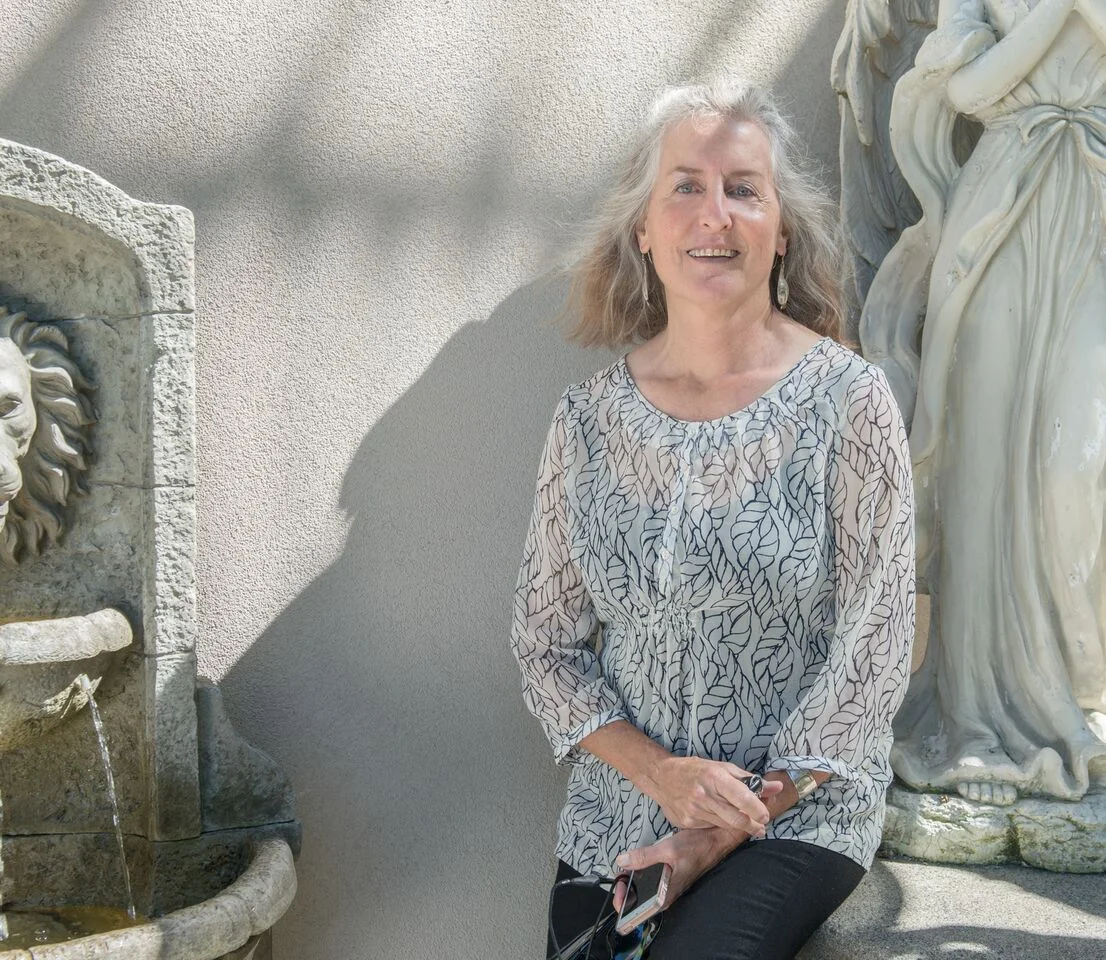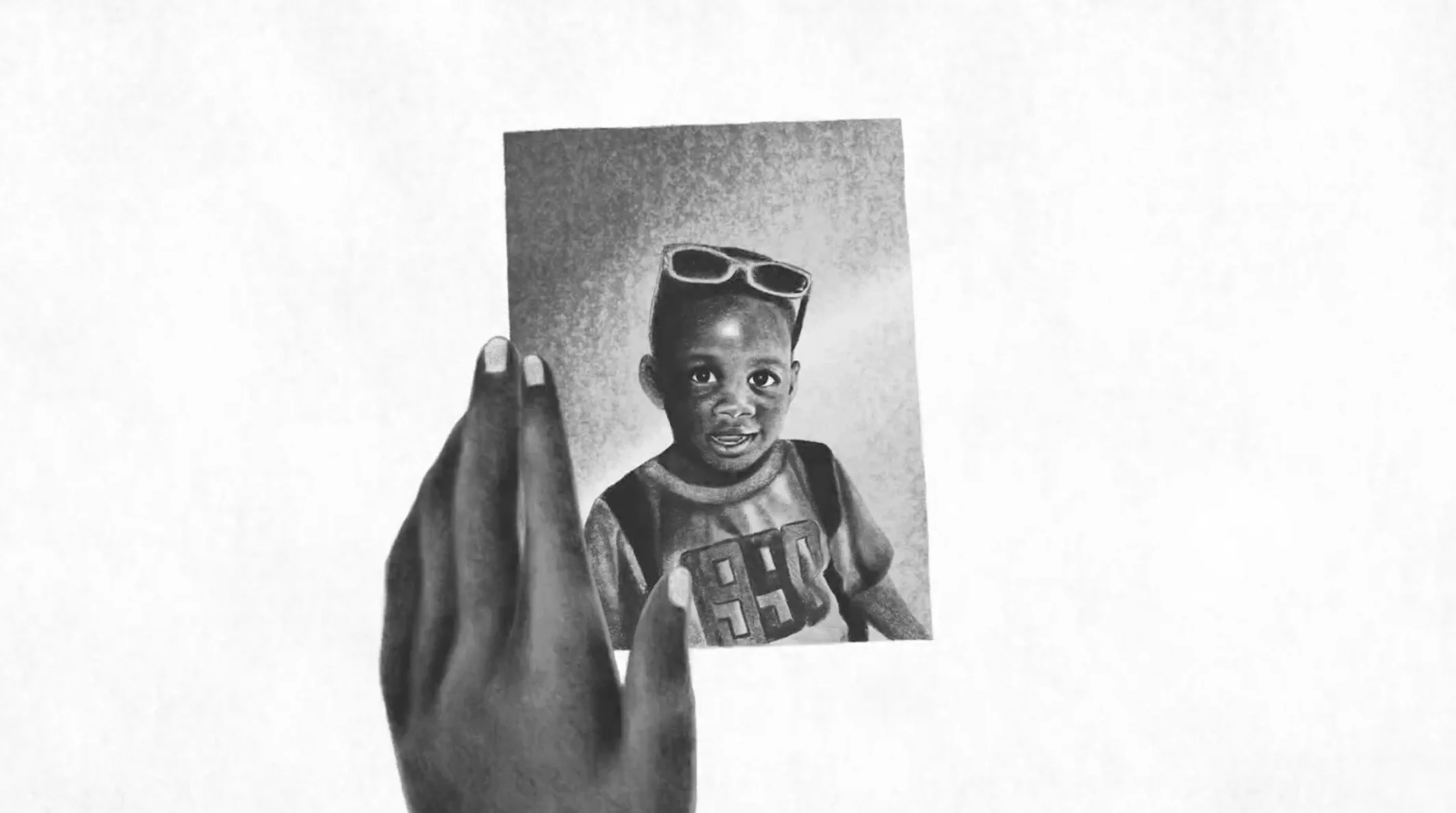Living in HOpe: Talking Mental Health with Melanie Wood
/Melanie Wood. Photo by Jeff Topham.
Local documentary filmmaker Melanie Wood gravitates towards the stories of those whose voices often go unheard, stories on the fringe that can be uncomfortable to talk about. She tells them from the eyes of the underdog, elevating the perspectives of forgotten protagonists. This theme has arisen organically across her work, beginning with A Stranger in Our Home, Wood’s 1999 documentary on children victim to cyber pedophilia.
Wood’s latest docuseries, Living in HOpe, stays true to this form. Living in HOpe takes viewers into the acute care unit of the HOpe Centre in North Vancouver, one of the few psychiatric facilities in the Lower Mainland. Over the course of a year filmed in real-time, we meet patients experiencing a variety of mental illnesses, and begin to understand their lives through their own words.
What makes Living in HOpe unique, Wood tells me, is its human-first focus. Many films on mental health delve into the illnesses, rather than the people themselves. Wood, however, creates space to let conversations flow freely, and captures them without judgment or fact checking. She encourages patients to speak as experts on themselves, and welcomes their lived truths into the limelight. In doing so, Wood allows patients to rightfully reclaim their own agency.
Photo by Grant Baldwin.
“Believing that mental illness removes individuals’ capacity to make decisions for themselves is a form of stigma in and of itself,” Wood says. With this angle, Wood takes care to remind us that humanness transcends mental illness. She showcases the talents of Drew, a piano tuner and jazz aficionado who visits the Centre to stock up on medication for bipolar disorder. She highlights Richard’s friendliness and passion for show tunes, in addition to his experience with schizoaffective disorder. In Wood’s view, the more that we can understand other people, the better that makes us, and the communities we’re a part of. She hopes that the film’s commitment to this outlook will help reduce the prevalent stigma still surrounding mental illness.
While the societal understanding of mental health has expanded in recent years, we still have a long way to go. The Centre for Mental Health and Addiction (CAMH) reports that only 50% of Canadians would tell their friends or co-workers that they have a family member with a mental illness, compared to 72% who would discuss a family member’s cancer diagnosis.
“People we met through filming admitted they still feel guilty and ashamed. The message they still receive from much of society is that the realities of mental health should be hidden. I believe that everyone needs to look at all parts of mental illness—including the difficult, perhaps scary parts,” Wood says.“I hope that we won’t pat ourselves on the back for nice mental health awareness campaigns. I think we have to start to listen to the stories that aren’t so pretty. That’s more the reality, that people struggle”.
HOpe Centre Patient Blair. Photo by Shawn Viens.
For many patients, their motivation to participate in the film was to take the hard hand that they had been dealt, and turn it into something good. They were delighted that Wood and her crew were willing to take the time to listen, and felt that sharing their stories would prove important to helping the lives of others. Throughout our conversation, Wood expressed nothing but awe and admiration for the resilience that permeated the HOpe Centre.
Wood spent almost every day at the Centre over the course of a year. On some days she visited patients without a crew and camera, just to check in and see if they needed anything. As she got to know patients and care workers, both on and off-screen, her own stigmas and misconceptions began to break down.
“Every time I do a film, I come away being a better person myself. We need to accept that we aren’t always so accepting, and try to change that.”
Living in HOpe is a four part-series that will air weekly on the Knowledge Network starting November 6. You can view the trailer here.








